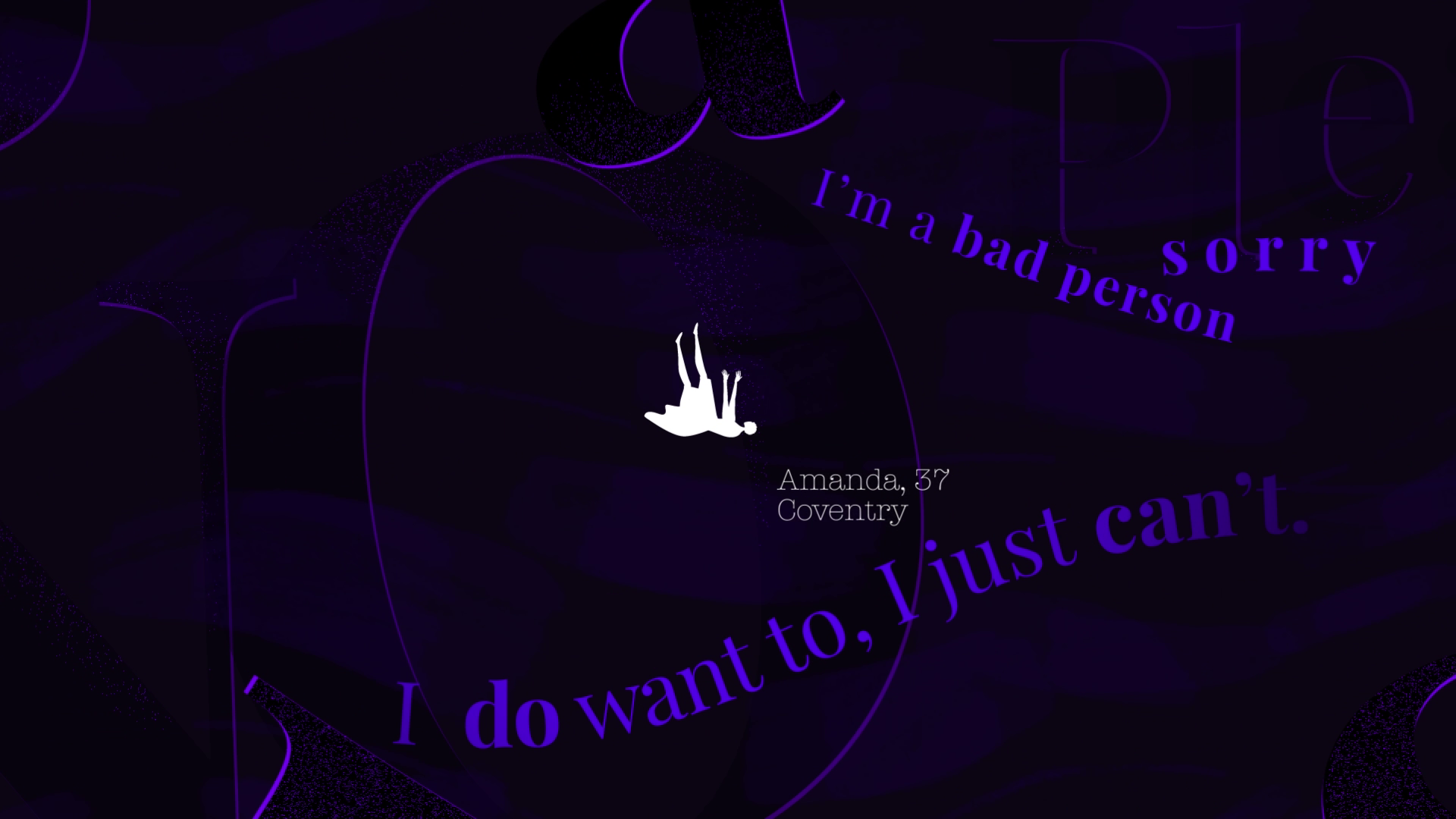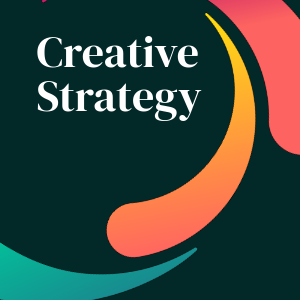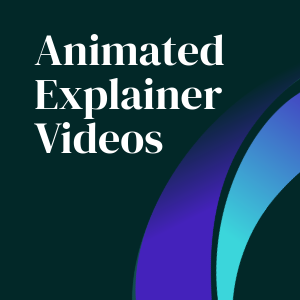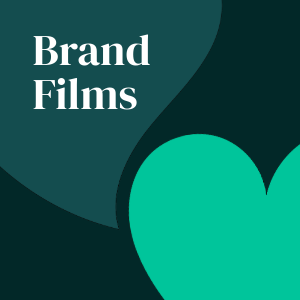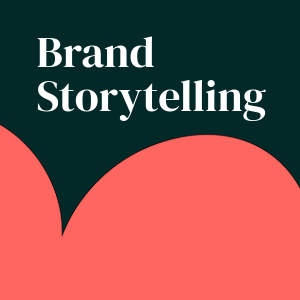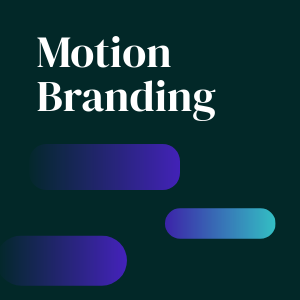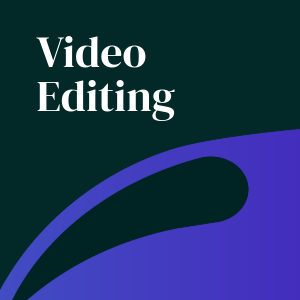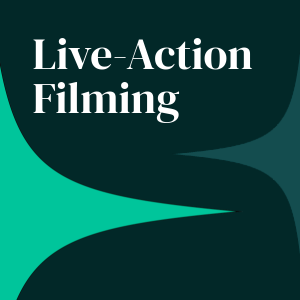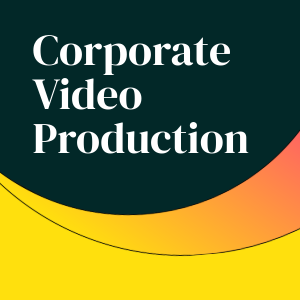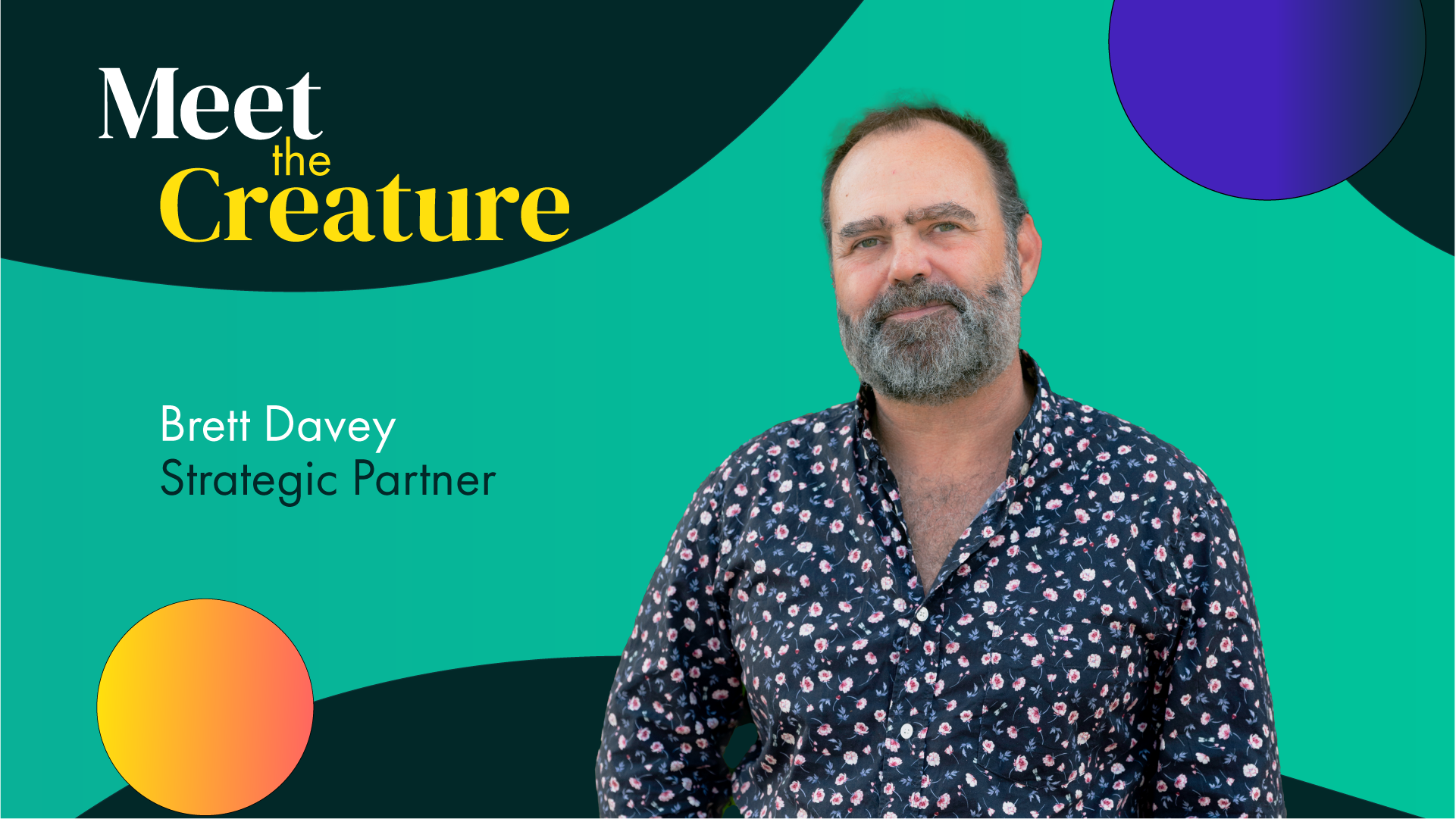
In this blog series, we’ll sit down with each member of the Content Creatures team to uncover the creative minds behind the amazing work we do.
Let’s get to know Brett.
-
What do you do?
I’m the Co-Founder and Strategy Partner at Content Creatures, a strategic storytelling agency based in Dorking, Surrey.
As a business owner, I wear a few hats, shaping the company strategy, leading business development, and overseeing our marketing to ensure it reflects our voice and vision.
For our clients, I mostly get involved in the early stages of discovery. I lead the creative strategy, working closely with them to interrogate briefs, challenge assumptions, and define a clear strategic and narrative direction from the outset.
Writing’s always been a passion, so I still tinker with scripts and shape many of the treatments we produce; making sure the creative stays sharp, consistent, and true to the story from start to finish.
-
What recent campaigns might we know you from, and what was your input on these campaigns?
The PDA Society campaign video was a powerful and complex project aimed at raising awareness of Pathological Demand Avoidance (PDA), a profile on the autism spectrum that’s often misunderstood. The goal was to help the public (and particularly professionals) better understand how PDA, by sharing the lived experiences of PDAers themselves.
A key insight from the early discovery phase was the common mislabelling of PDA as defiance, rather than what it truly is, an anxiety-driven response. To challenge this misconception and ensure authenticity, it was vital that the script reflected the voices of PDAers themselves.
From a strategic perspective, it was clear early on that the campaign needed to centre on the voices of PDAers. However, many individuals with PDA struggle to express their experiences through traditional interview formats. To overcome this, we worked with the PDA Society to design a focus group that created a safe, informal space for participants to share in their own words.
Real quotes drawn from that session became the foundation of the script, giving the animation its emotional honesty and resonance.
The result was a film that offered recognition to the PDA community, built credibility with professionals, and helped shift the narrative towards greater understanding and empathy.
“You Don’t See How I Feel” Campaign Video:
-
How did you first get into the industry, and how did you realise what you wanted to do?
In 1995, fresh out of uni, I sent out 150 CVs and finally landed a part-time job in the Rights department at LWT. Over the next few years, I worked my way through roles at Granada Plus, UK Gold, Sky (when there were only nineteen channels), and Channel 5.
It was at Channel 5 that I got my first real creative break, writing promo scripts for a fantasy series called Dark Knight. Someone liked what I wrote, and I was brought into the promo team. Back then, promo producers did it all: writing, directing, editing, and producing. I learnt a huge amount, fast.
From there, I moved to Flextech and Bravo, before eventually becoming Head of Creative and Original Production at Turner Broadcasting. That role gave me the chance to develop and produce content that reached a global audience, some of it seen by more than half a billion people.
In 2014, I got the chance to start an animation company by developing an ad-funded programme for Child’s Farm. After years in broadcasting, I was ready for a new challenge, so I thought, why not? That opportunity became the start of Content Creatures.
I’ve always loved ideas and telling stories, but I don’t think I’ve ever had a fixed plan. I’ve come to believe that the work you’re meant to do finds you.
I started Content Creatures with Cailie Dimmock. She brought agency-side experience in visual storytelling and production, while I came from a narrative and editorial background in broadcast. Together, we set out to combine those strengths—offering broadcast-quality storytelling, elevated through brand-led design thinking.
-
What do people (clients, agencies etc) come to you for specifically?
People come to us because we’re thoughtful, honest, and ideas-led. We don’t just take briefs at face value, we ask the right questions first. That helps us uncover what the work really needs, so we can deliver creative solutions that are original, purposeful, and genuinely effective. It means we’re not just reaching for the most obvious answer, we’re crafting the right one for the brand, the message, and the audience.
Clients come back because we’re easy to work with. We approach projects as true partnerships—we don’t take over creatively, we collaborate. We listen, we challenge when needed, and we always aim to make the process as enjoyable as the end result.
-
What is your dream project?
I don’t limit myself to just one dream project. I find excitement and inspiration in every project right in front of me. Rather than chasing a distant ideal, I prefer to embrace and enjoy the opportunities I already have. For me, living the dream means passionately engaging with each new creative challenge.
-
Outside of the day job, what fuels your creativity?
Reading, writing and walking – nothing groundbreaking, but it works. I find ideas often surface when I’m not looking for them, especially when I’m out clearing my head or lost in a good book.
-
Who are your creative heroes, and why?
I’ve always felt the word heroes should be reserved for people who actually save lives. In the creative world, we sometimes overdo the praise and throw around superlatives a bit too easily. That said, I do admire people who consistently bring fresh thinking, take risks, and make complex ideas feel simple.
So while I might not have creative heroes in the traditional sense, I definitely have creative influences, people whose work I respect because it’s thoughtful and original.
-
What genre of animation would you star in?
1970s Hanna-Barbera, without question. People say I look like Captain Caveman.
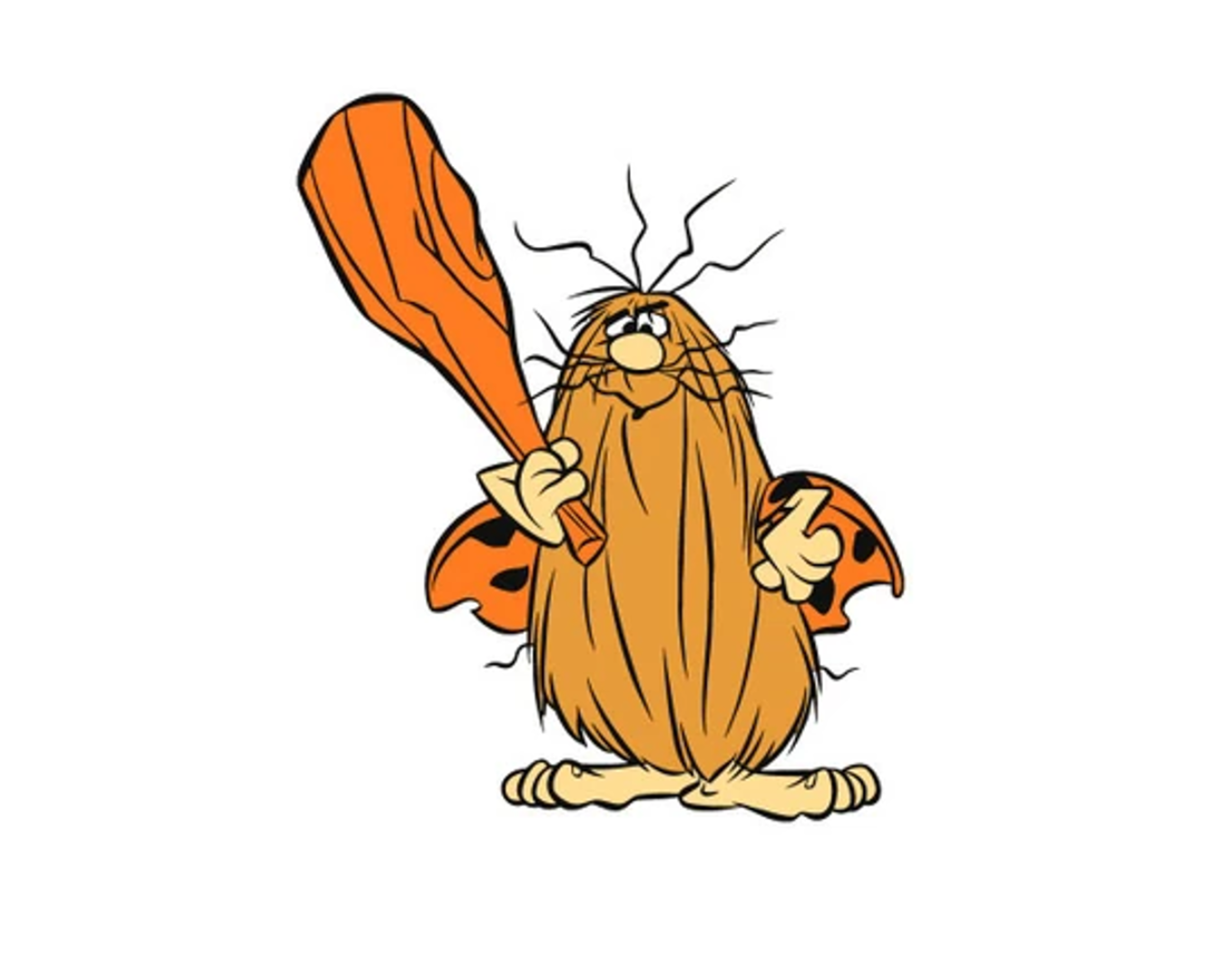
-
What makes a Content Creature?
Whether they work in strategy or in the studio, a Content Creature approaches every challenge with curiosity, creativity and purpose. They see problems not as roadblocks, but as opportunities to think differently, ask better questions and find smarter solutionsWant to meet more of the team?
Meet our:
